“13 Reasons Why” and its morality are questioned
The brand new Netflix original series “13 Reasons Why” is blowing up in the media– but not all for the right reasons.
Based off Jay Asher’s 2007 novel of the same title, the show was co-produced by pop star Selena Gomez and her mother Mandy Teefey. It has received both tons of acclaim and backlash, becoming the most tweeted about show within the matter of a week in history.
The show aired on Netflix on March 31st, instantly gaining massive popularity within the young adult community for its illustration of the unraveling of a teen suicide.
Although the show is being binge-watched around the globe and showcases a story that follows a group of invested characters, controversy has broken out about whether it is actually safe to watch the show in the first place.
This completely contradicts many supporters’ opinions to have the show be watched as an obligation in middle and high schools.
Hannah Baker, the 17 year old character played by actress Katherine Langford releases 13 tapes explaining the reasons for her suicide, and blaming other students and a school counselor who she alleges contributed to her suicide.
The show opens with the aftermath of the teen’s passing and the reaction to her tapes by fellow classmates and friends, as well as flashbacks from Hannah’s life beforehand.
Though it can be understood that the message to spread kindness within the show can prove as an example for teens and young adults, other messages within its depths may go against what is right.
To be kind can do a lot– but simply loving a girl who is suicidal will not be what saves her, and this is what main character Clay Jensen of the series, along with many of his peers, believe.
Not only does the show glorify depression, allowing her sadness to be a reason to avenge herself on others who have wronged her, but no where in the 13 hours of television does the topic of mental illness come up, although 90% of people who commit suicide are mentally ill.
Though the show’s realism accurately conveys issues of rape, sexual harassment, bullying, etc., the sensitivity and graphic nature of some of these scenes can ultimately be unbearable to watch.
To be specific, Hannah Baker’s suicide scene. Un-cut and music free, the scene does not fail to leave anything out–including both her wrists being slit to bleed out, resulting in her painful last breaths and moans of agony before she is gone.
A plethora of suicide prevention organizations have commented on the show’s dangerous impact, explaining that suicide is a much more complex issue than what was simplistically shown; Headspace, Suicide Awareness Voices of Education, Jed Foundation, and Suicide Prevention Services to name a few.
The show, in its entirety, can be noticed as simply a good-intended message gone wrong, and until addressed, millions of viewers may be subject to the wrong idea pertaining to suicide.





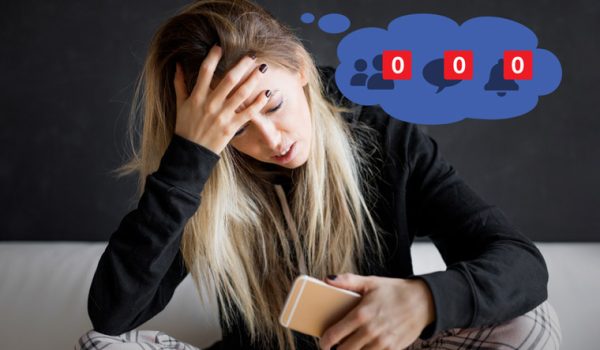
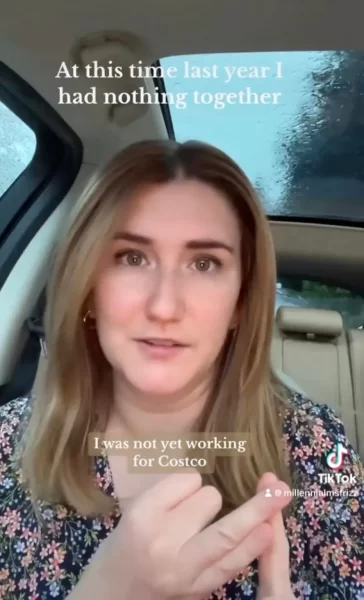
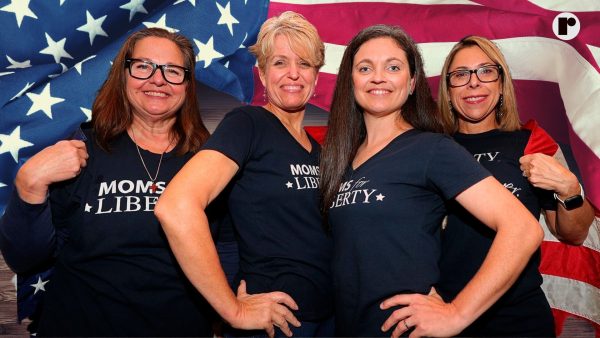
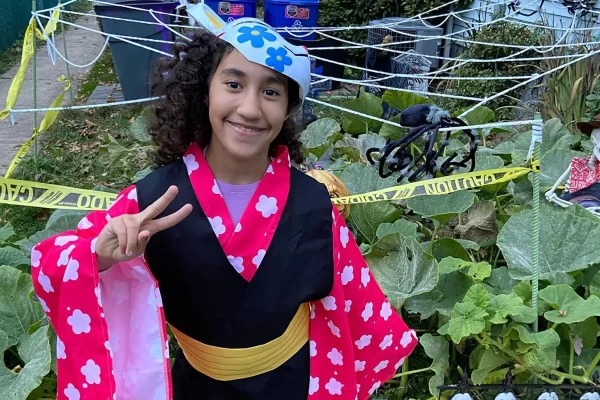



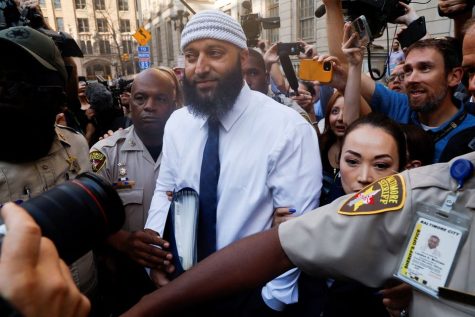

Mrs. Saam • Apr 28, 2017 at 4:38 pm
Well said. You were to the point and I hope others heed your thoughts. Suicide is not to be glorified.
Rachel • Apr 27, 2017 at 10:51 am
I hope you spread the word on this artical. Everything you wrote was spot on in terms of show progression and after how people responded to it. Love the attention you drawed onto it!!
Stephen Torres • Apr 27, 2017 at 10:43 am
Thank you for pointing out what the show does wrong (which is everything by the way). Suicide and sexual abuse should not be used as shock value to those who do not have to face it or changed and twisted to support a weak narrative.
Miss Perrotti • Apr 25, 2017 at 1:09 pm
Jillian,
I cannot agree with your thoughts more. This is exactly how I felt while watching “13 Reasons Why.” I am extremely worried about the message young kids will be taking away from the show.